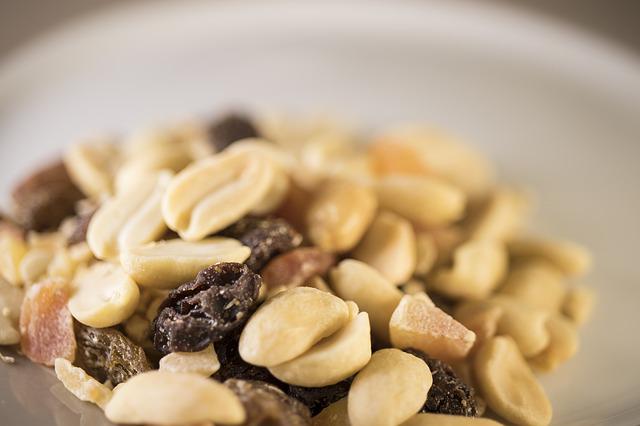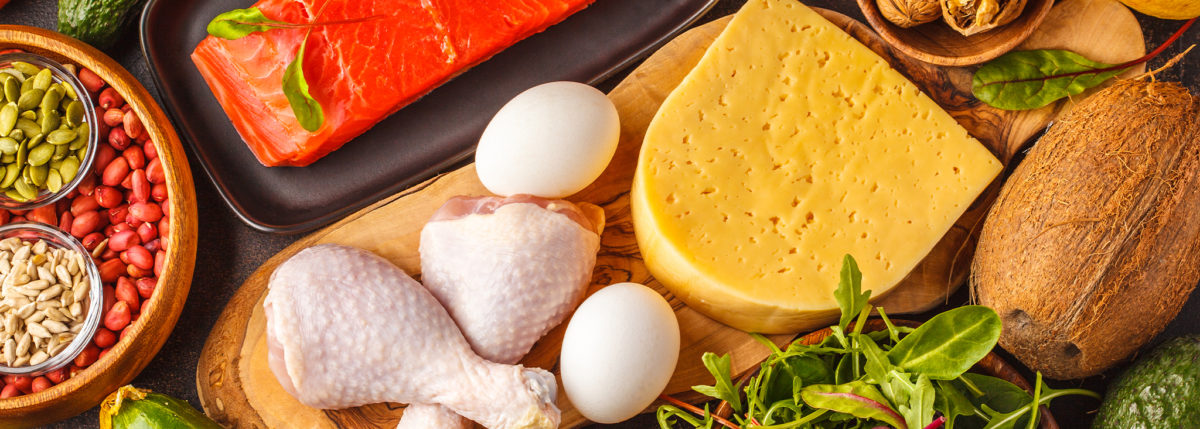
It is important that you remember that children are just like adults, so it might take some time for them to accept a Paleo-for-kids diet. It is possible to make this diet work for adults and children. Here's how. Continue reading to learn more about Paleo food options for kids and what they don’t have. After you are done, you can move on to the next steps!
Good sources of Calcium: Foods
A handful of almonds is another great source. It contains 250 milligrams per 100g of calcium. Almond butter is a great substitute for peanut butter. It can also be used as a topping in salads, oats and trail mix snacks. For a snack, you can give a few almonds to your children. Make sure to soak the almonds first and then cook them until they are soft.
Many non-dairy sources are also available for calcium. While it may be difficult to mix dairy with non-dairy sources, a variety of plants can provide plenty of calcium. Cooking vegetables will get rid of any phytates that can inhibit calcium absorption. There are some other food sources that can be used to supplement calcium absorption, regardless of where it comes from.
Calcium-deficient foods
Paleo can make you worry about the calcium content of your child's food. This is a difficult issue to deal with, especially if your child is allergic to dairy. There are several ways to give your child the calcium that he or she needs, but still keeping to a Paleo eating plan. You can offer your child dairy products. This is the best option but you might also consider other options such as yogurt and soy milk.

One cup of canned white beans contains 130 mg of calcium per cup, which is about the same amount as one cup of milk. Mixing mashed white beans with olive oil can create a spread or dip that your child will love. For a healthy snack, you can also mix white beans with olive oil and roasted garlic. This is a great way for your child to get calcium without sacrificing taste.
Vitamin D-rich Foods
A diet rich in dairy products and red meat will likely provide enough protein for kids. If they don't, they should eat more proteins-rich foods. Vitamin D can be found in cold-water fatty fish. Some foods can even have vitamin D added, such unsweetened fortified rice. Raisin Bran provides 60 IU per serve, while ready to eat cereals provide about the exact same amount.
You should ensure that your child is eating a variety healthy foods when they start Paleo. If your child is resistant to eating certain foods, give them some. To help them eat healthier, you could also offer nutritional shakes. Don't forget to let them know that your family enjoys healthy food.
There are foods that don't provide vitamin D.
Cod liver oil is touted as a source of vitamin B, but it contains high levels of vitamin C, which can interfere with vitamin D absorption from foods like salmon. Fish oil, on other hand is a great source long-chain omega-3 and vitamin D. However, although it has high levels vitamin D, it does not contain the same high levels as cod liver oil.
Wild salmon is a good source for vitamin D and calcium. Real milk does not have as much vitamin D as fortified milk. Wild-caught Salmon is also rich in both nutrients but it is better that you focus on other sources to provide calcium for your kids. Tofu is an alternative to quality milk if you don't have access to it.
Make mealtimes fun

There are a number of ways to make mealtime fun on paleo for kids. Get rid of junk food. This will make the transition faster and easier, and will also save you money. You can also make mealtime more fun by inviting your children to help with cooking and cleaning up. Do not worry if they don’t finish their veggies. Ultimately, they'll eat their paleo meals.
One way to make mealtime fun on paleo for kids is to involve them in the grocery shopping process. Allow them to pick out the fruits and vegetables you want, and let them cook. You will feel that they are part and parcel of the process. Make mealtime enjoyable for all! After helping with grocery shopping, encourage them to help you prepare the meals. Encourage them to assist you in creating new recipes.
FAQ
What should a novice cook do first?
Start cooking something simple, such as pasta, rice, soup. A recipe book or a YouTube video can help you learn how to cook. Cooking with others is more enjoyable. Try cooking together as a family, or have friends share the experience.
What can I learn about cooking?
You can find cooking classes all across the country. You can find courses in baking, pastry and wine tasting at many schools. You can learn more about how to cook by enrolling in a class at either a local vocational school or community college.
What is the average time it takes to learn how to cook? What amount of time will it take to master the art?
It depends on your level of skill. Some people can learn basic cooking techniques in as little as a week. Others may take several months or longer to feel competent enough to teach themselves how they cook.
The time taken to learn to cook will depend on who you ask. An example: Someone who has never cooked before may need more time than someone who makes regular meals. Different types of cooking require different amounts of experience. Baking, for instance, requires more skill than frying.
A specific technique will help you cook faster. Once you have perfected that technique, you can move on. It doesn't matter how long it takes to master a particular technique. Enjoy the process and keep practicing.
Statistics
- In the United States, the category is estimated at $23.2 billion annually and is growing faster than the market. (washingtonpost.com)
- According to the BLS, chefs earn $58,740 a year. (learnhowtobecome.org)
- You'll be amazed that over 90% of CIA students receive scholarships and grants to finish their culinary studies. (ischoolconnect.com)
External Links
How To
How to cook your steak
The thickness of any meat will dictate the cooking method. For example, thinner steaks are best cooked over low heat, while thicker ones need higher temperatures.
You should also ensure you don't overcook them because they'll lose flavor. And remember always to remove the steak from the pan when it's done - this way, you won't burn yourself.
The size and desired doneness of the steak will affect the cooking time. Here are some general guidelines.
Medium Rare: Cook until medium-rare, which is when the internal temperature reaches at least 145degF (63degC). This will take between 3 to 5 minutes per side.
Medium: Cook until medium, which means the internal temp reaches 160degF (71degC). This usually takes only 6 minutes per side.
Well Done: Cook until well done, which means the internal temps reach 180degF (82degC). This typically takes 8-12 minutes per side.